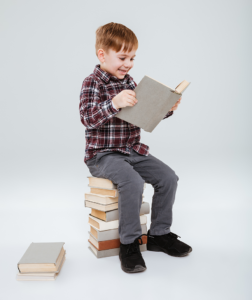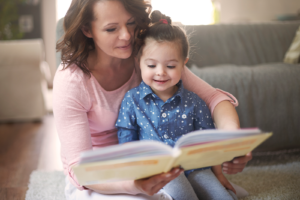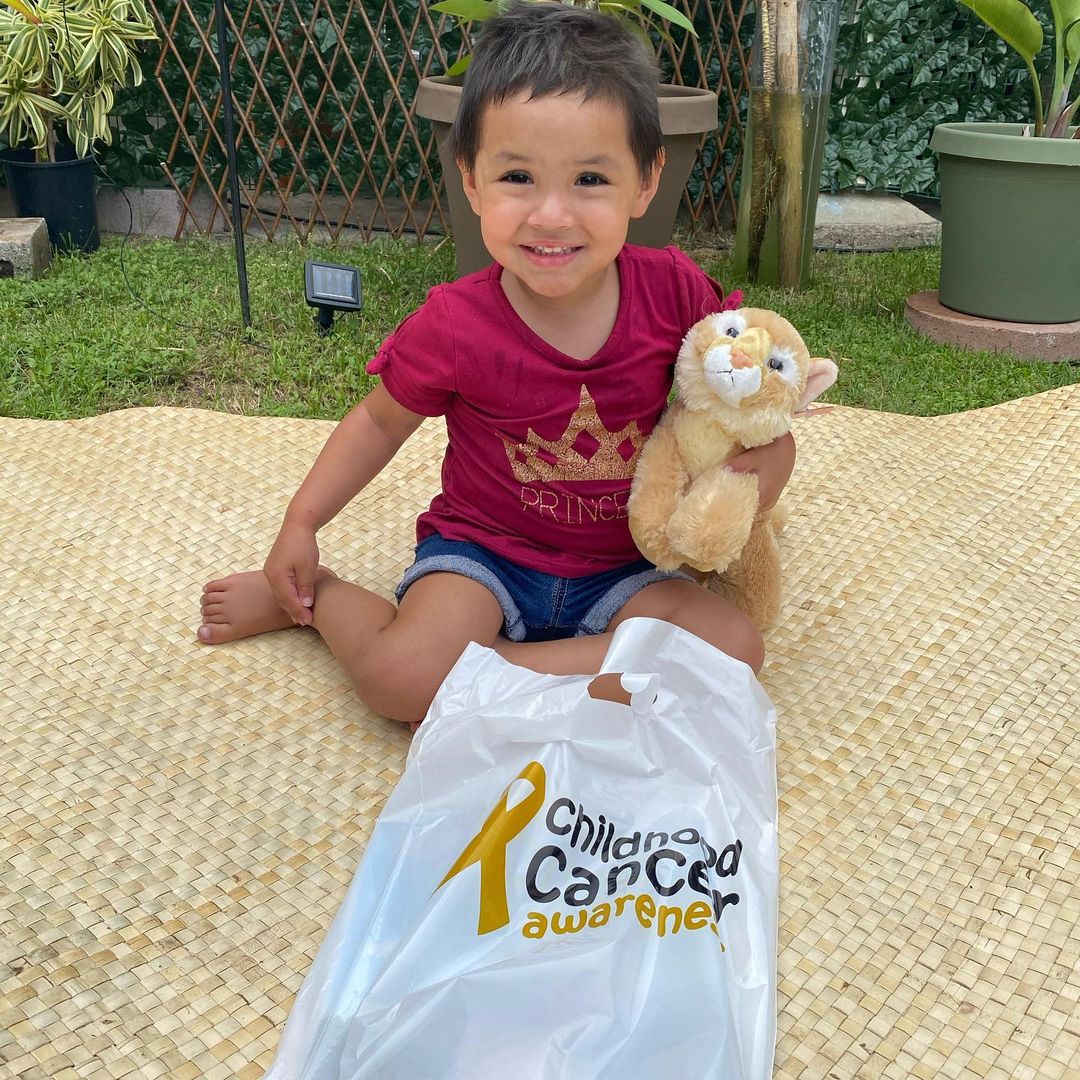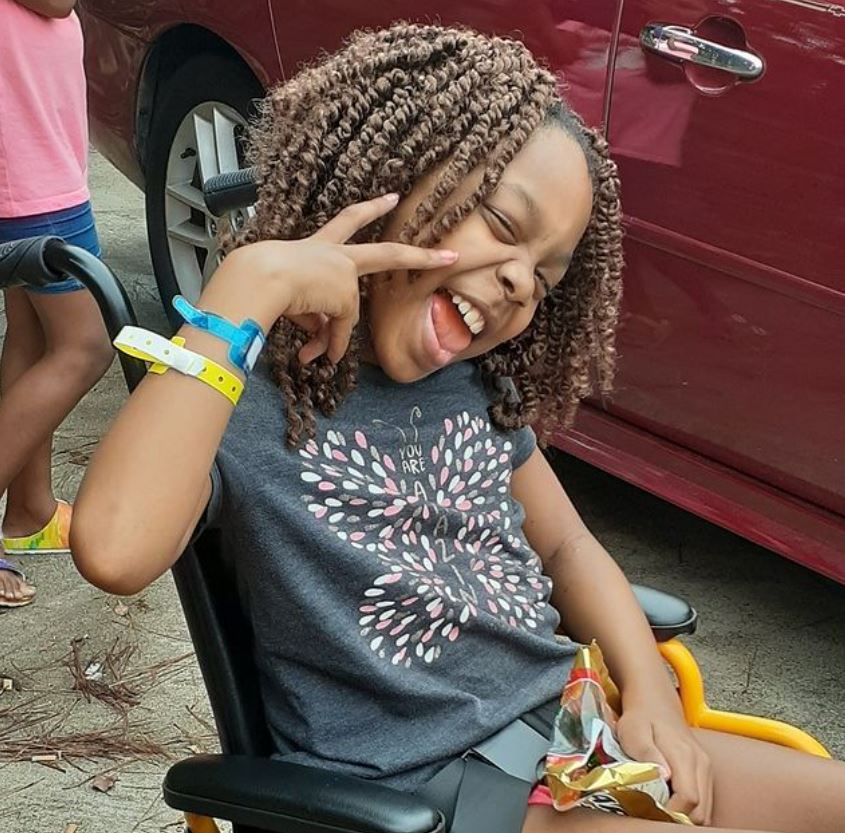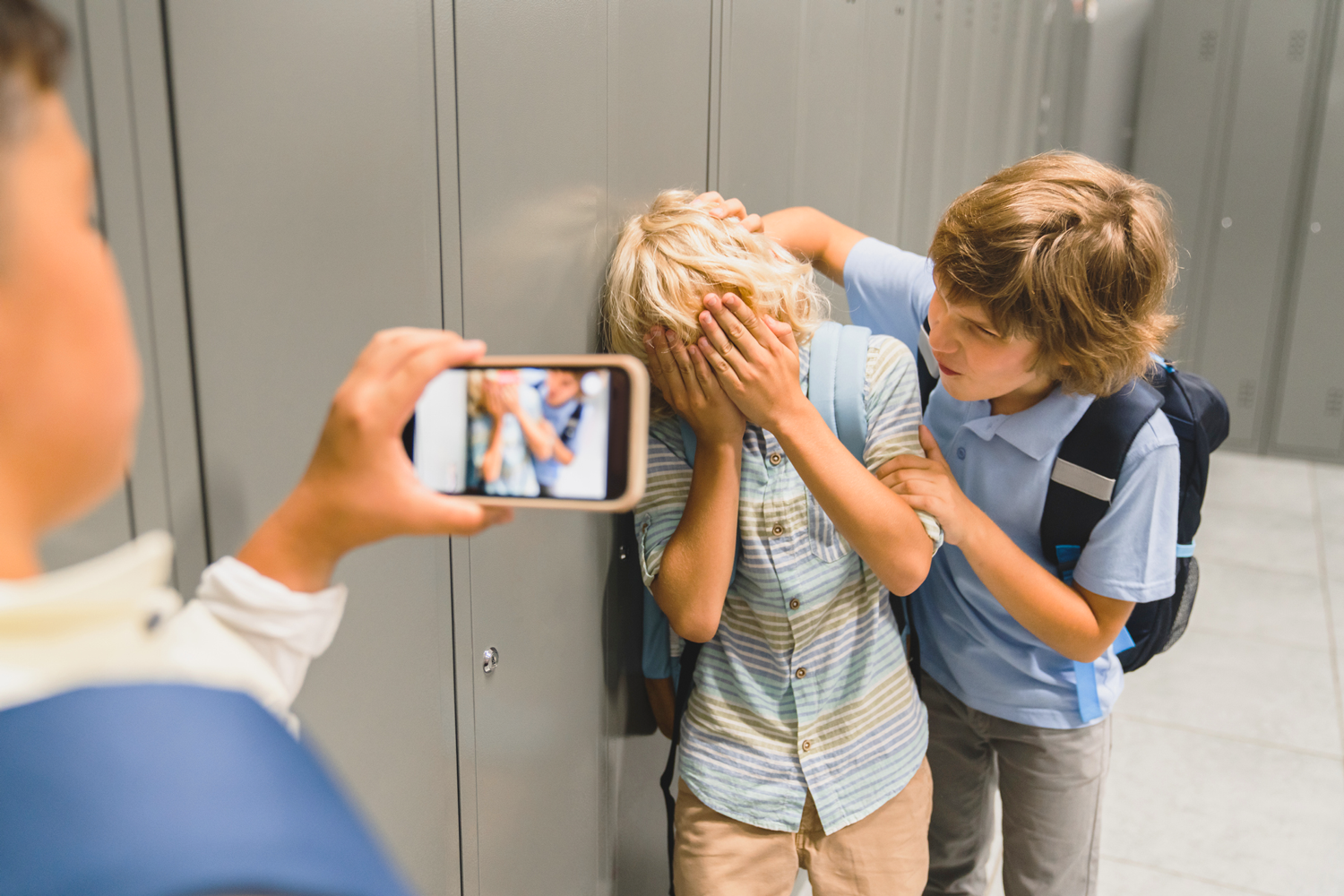
Can kids be cruel? Most definitely. However, it is important to remember that their cruelty is often based not on any inherent evil, but on the bully’s experience at home, a lack of proper parenting, or a lack of empathy towards others.
Definition of Bullying
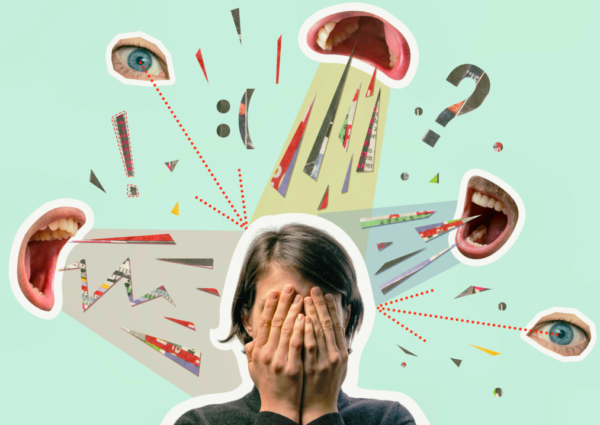
Bullying is the exertion of power from one person or a group to another, often in the form of physical or psychological violence. Bullies take advantage of any power imbalance, whether that be by strength, popularity, social status, or other factors.
There is also a proclivity in some kids to be more violent than others. Here, we need to clarify that there is a difference between being violent versus being mean or rude. Violence is exerted to hurt another person, whether physically or mentally while being mean or rude is lacking manners with little to no power imbalance involved.
Bullies can use a multitude of resources to harass others, such as verbal and nonverbal messages, social rejection, stigmatization, and nowadays, even social media, aka cyberbullying.
Why Do Children Bully?
According to Trudy Ludwig, in her book Confessions of a Former Bully, a bully is a child who displays bad behavior. It is important to separate the bad behavior from the intrinsic identity of the child and to stop considering bullies as inherently bad people. Bullying often occurs because something is occurring at home or around the area of influence where the ‘bully’ lives.
However, the reasons why kids engage in bullying are usually to gain social status, to maintain power and control, or get attention from their peers. This often occurs when there is no supervision.
Years ago, bullying was considered an action performed by kids filled with insecurities. While this has truth to it, there is a lot of evidence in academic research that suggests that also bullying occurs due to a child’s desire to achieve popularity.
Furthermore, we need to ask ourselves why bullies have this desperate need for attention. Usually, it is because they have seen similar interactions within their social groups and feel the need to emulate such behavior.
The Victims
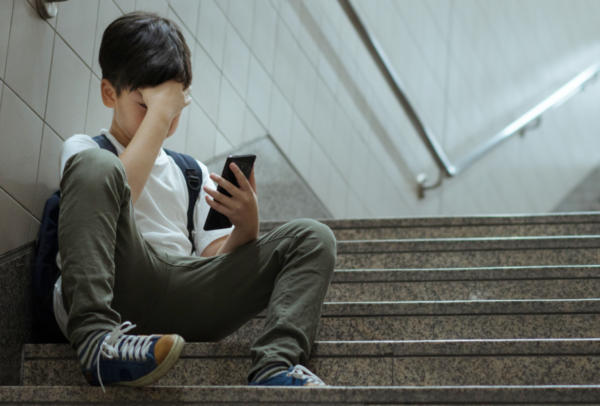
The victims of bullying vary, but these kids are usually the ones considered special or different from the rest of the class. In this group, we can include creative or intelligent students, isolated children, children with a different appearance, children with a disability, and children from a different religion.
Also, it is important to note that the bully and bullied can change according to the situation. For example, a child that is not as smart as the rest of the students can be bullied for being deficient in math or English, while popular kids could be victims of other bullies if they represent an attention threat.
How to Help
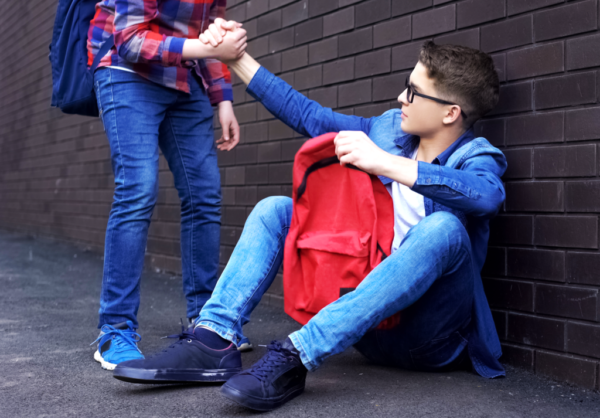
To reduce bullying in schools, adults need to be aware of the situation and intervene consistently; not only once, but every time it happens. Adults also must hone their senses to detect when a real case of bullying, not rudeness, happens and act immediately and accordingly.
Finally, teachers and parents must not consider bullying as something that ‘just happens’ during childhood and teenage years.
Adults need to identify the children involved in bullying incidents, identify needs, create a culture of comprehension and kindness, monitor the areas where bullying has occurred, and create dynamics where professionals can assess these situations to improve kids’ social behavior.
By Eduardo Guillen.



